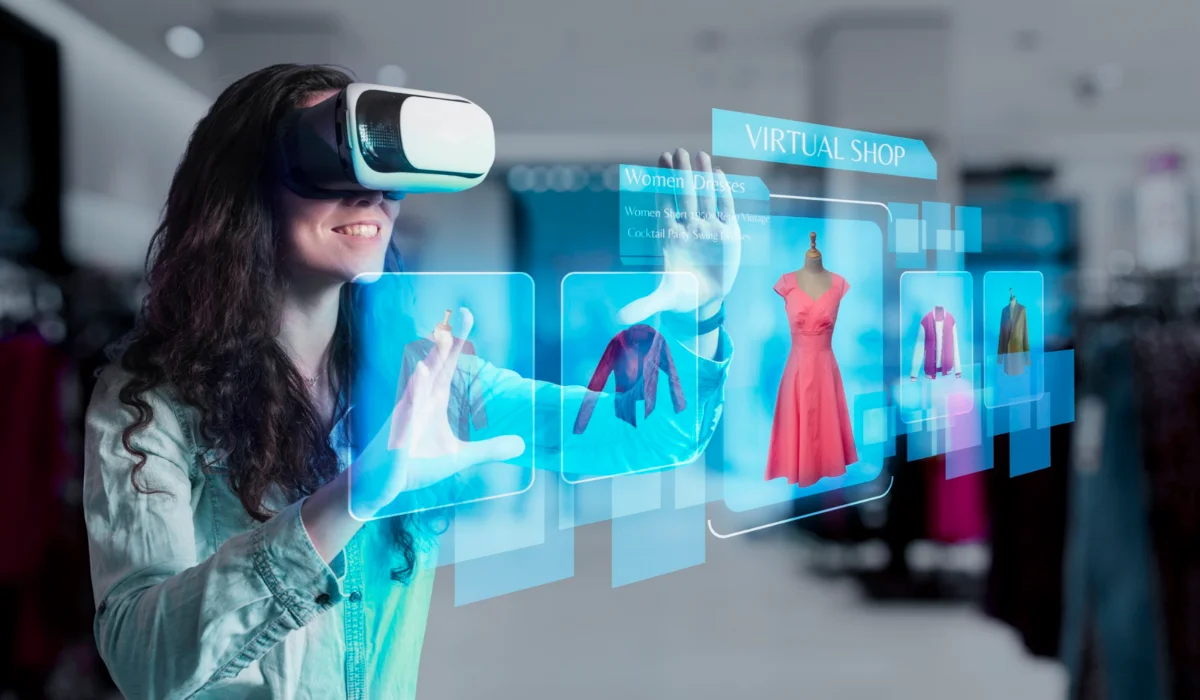The integration of augmented reality (AR) into the shopping experience is revolutionizing how consumers interact with brands and products. By combining digital elements with the physical world, AR is bridging the gap between online and in-store shopping, offering immersive and personalized experiences that enhance convenience and engagement.
1. Enhancing the Online Shopping Experience
One of the most significant contributions of AR to retail is its ability to improve online shopping. Traditionally, online shopping lacks the tactile and visual interaction of in-store experiences, leading to uncertainties about product fit, size, or appearance. AR addresses this by allowing customers to virtually try on products, such as clothing, makeup, or eyewear, directly from their devices. For example, brands like Sephora and Warby Parker enable users to see how products look on them before making a purchase, reducing the likelihood of returns and increasing customer satisfaction.
2. Bringing Products to Life in the Real World
AR technology allows consumers to visualize products in their real-life environments. Furniture retailers like IKEA have embraced AR through apps like IKEA Place, where customers can place 3D models of furniture in their homes to check fit, style, and functionality. This capability eliminates guesswork and makes purchasing decisions more informed, especially for larger or more expensive items.
3. Transforming In-Store Experiences
Augmented reality is not limited to online shopping. Retailers are also using AR to enhance in-store experiences. AR-enabled mirrors, for instance, let customers try on clothes virtually without needing to visit a fitting room. Some stores offer AR-powered navigation systems, helping shoppers locate items quickly within large spaces. These innovations make the in-store experience more interactive and enjoyable, encouraging customer engagement and loyalty.
4. Personalized Marketing and Recommendations
AR is reshaping how brands approach marketing by offering personalized recommendations. With AR, retailers can create interactive advertisements that allow customers to explore products dynamically. For instance, beauty brands may use AR to let users scan a product and see tutorials, ingredient details, or personalized suggestions for complementary items. This tailored approach enhances the shopping journey and builds stronger connections between brands and consumers.
5. Creating Memorable Shopping Experiences
AR elevates shopping from a transactional activity to an experience. Virtual pop-up stores, gamified shopping, and interactive displays captivate audiences and drive engagement. For example, brands like Nike have used AR to launch limited-edition products, encouraging customers to participate in immersive experiences to unlock exclusive items. These innovative campaigns not only boost sales but also create lasting impressions.
6. Challenges and Future Potential
Despite its many advantages, AR in retail faces challenges, including high implementation costs and technological barriers for smaller businesses. Moreover, ensuring a seamless and intuitive user experience remains critical to widespread adoption. However, as AR technology becomes more accessible and advanced, its potential applications in retail are limitless.
Conclusion
Augmented reality is redefining the shopping experience by merging the best of both online and in-store worlds. From virtual try-ons and product visualization to personalized marketing and interactive in-store technologies, AR is transforming how consumers interact with brands. As the technology continues to evolve, it is poised to play an even more significant role in shaping the future of retail, making shopping more engaging, efficient, and enjoyable.

